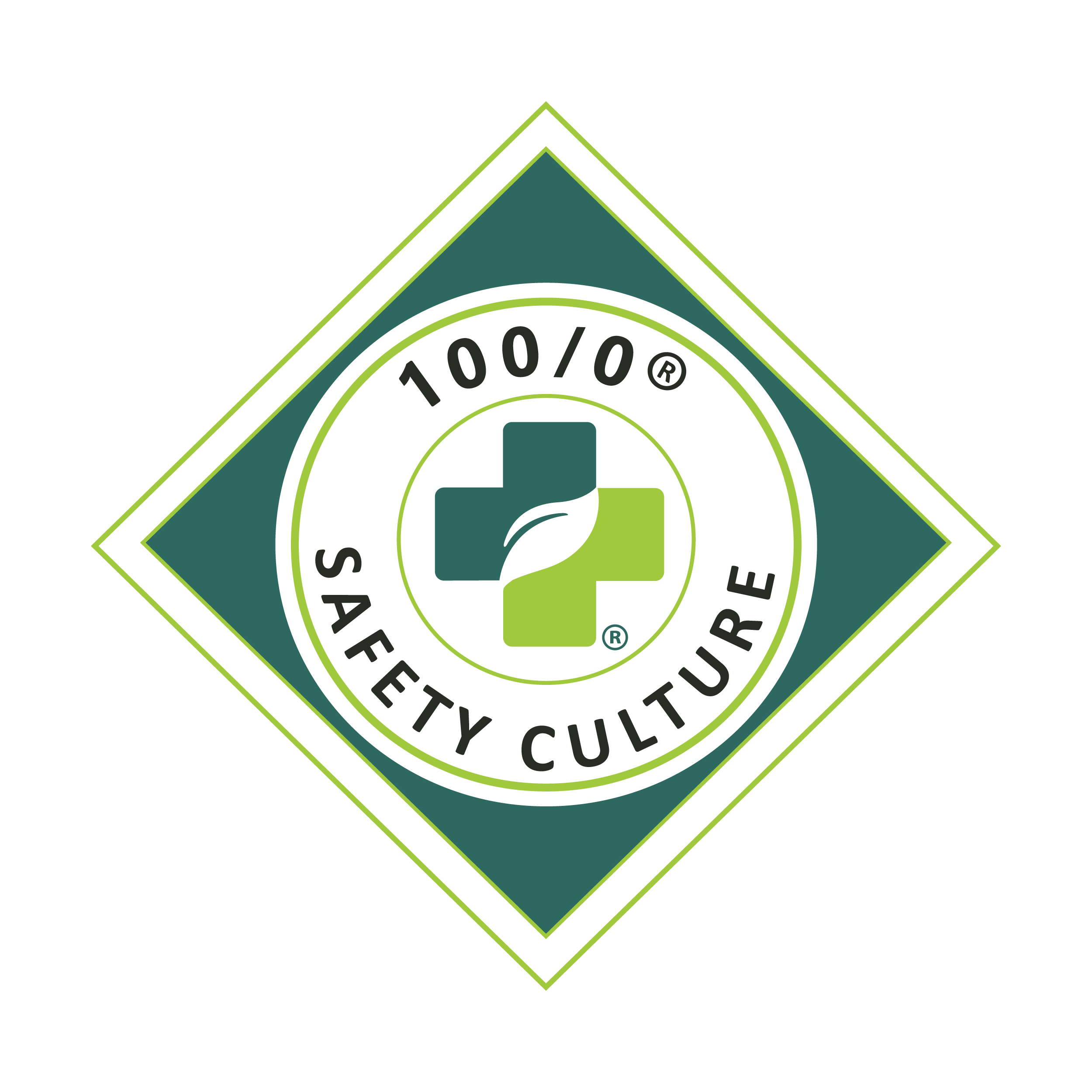Accident Investigation
What is an accident and why should it be investigated?
The term “accident” can be defined as an unplanned event that interrupts the completion of an activity, and that may (or may not) include injury or property damage. An incident usually refers to an unexpected event that did not cause injury or damage this time but had the potential. “Near miss” or “dangerous occurrence” are also terms for an event that could have caused harm but did not.
Please note: The term incident is used in some situations and jurisdictions to cover both an “accident” and “incident”. It is argued that the word “accident” implies that the event was related to fate or chance. When the root cause is determined, it is usually found that many events were predictable and could have been prevented if the right actions were taken — making the event not one of fate or chance (thus, the word incident is used). For simplicity, we will use the term accident to mean all of the above events.
Reasons to investigate a workplace accident include:

Most importantly, to find out the cause of accidents and to prevent similar accidents in the future.

To fulfill any legal requirements.

To determine the cost of an accident.

To determine compliance with applicable safety regulations.

To process workers’ compensation claims.
Incidents that involve no injury or property damage should still be investigated to determine the hazards that should be corrected. The same principles apply to a quick inquiry of a minor incident and to the more formal investigation of a serious event.
Who should do the accident investigating?
Ideally, an investigation would be conducted by someone experienced in accident causation, experienced in investigative techniques, fully knowledgeable of the work processes, procedures, persons, and industrial relations environment of a particular situation.
Some jurisdictions provide guidance such as requiring that it must be conducted jointly, with both management and labor represented, or that the investigators must be knowledgeable about the work processes involved.
In most cases, the supervisor should help investigate the event. Other members of the team can include:

Employees with knowledge of the work.

Safety Officer.

Health and Safety Committee.

Union representative, if applicable.

Employees with experience in investigations.

“Outside” expert.

Representative from local government.
Should the immediate supervisor be on the team?
The advantage is that this person is likely to know most about the work and persons involved and the current conditions. Furthermore, the supervisor can usually take immediate remedial action. The counter argument is that there may be an attempt to gloss over the supervisors shortcomings in the accident. This situation should not arise if the accident is investigated by a team of people, and if the worker representative(s) and the members review all accident investigation reports thoroughly.
Why look for the root cause?
An investigator who believes that accidents are caused by unsafe conditions will likely try to uncover conditions as causes. On the other hand, one who believes they are caused by unsafe acts will attempt to find the human errors that are causes. Therefore, it is necessary to examine some underlying factors in a chain of events that ends in an accident.
The important point is that even in the most seemingly straightforward accidents, seldom, if ever, is there only a single cause. For example, an “investigation” which concludes that an accident was due to worker carelessness, and goes no further, fails to seek answers to several important questions such as:

Was the worker distracted? If yes, why was the worker distracted?

Was a safe work procedure being followed? If not, why not?

Were safety devices in order? If not, why not?

Was the worker trained? If not, why not?
What are the steps involved in investigating an accident?
The accident investigation process involves the following steps:

Report the accident occurrence to a designated person within the organization.

Provide first aid and medical care to injured person(s) and prevent further injuries or damage.

Investigate the accident.

Identify the causes.

Report the findings.

Implement the plan.

Evaluate the effectiveness of the corrective action.

Make changes for continuous improvement.
As little time as possible should be lost between the moment of an accident or near miss and the beginning of the investigation. In this way, one is most likely to be able to observe the conditions as they were at the time, prevent disturbance of evidence, and identify witnesses. The tools that members of the investigating team may need (pencil, paper, camera, film, camera flash, tape measure, etc.) should be immediately available so that no time is wasted.
Ready to get started?
Contact us today. We will be glad to assist with your accident investigation.
